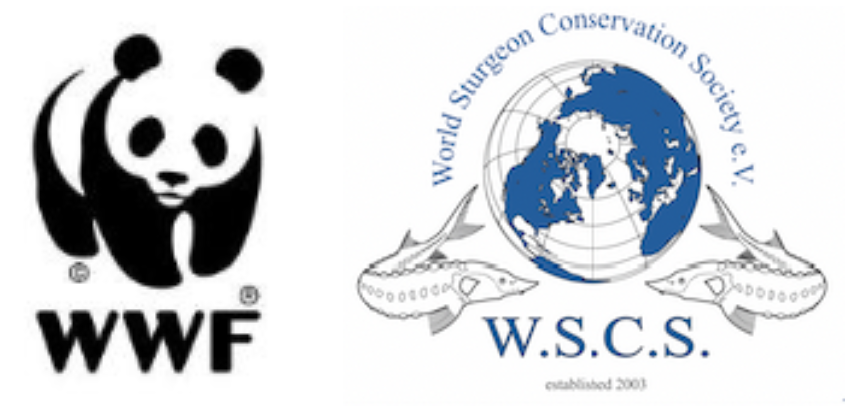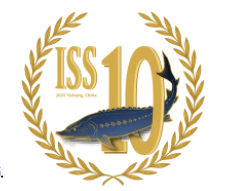During the EAS hosted conference Aquaculture Europe 23 in Vienna, WSCS has set up a joint workshop with WWF CEE to continue the discussion with the aquaculture sector on their involvement in conservation actions in Europe. The workshop was a continuation of the discussion started in 2022 in Rimini during which prerequisites of such involvement were discussed. In Vienna recent developments in traceability and in the development of joint programs for the collaboration between the fish farmers and the conservation actors have been presented and the implications for a collaboration were discussed with representatives of both sides.
WSCS in 2017 has produced te Vienna Declaration that formulated the target to develop public conservation facilities in the range states. Over the past 6 years it became apparent that the funding of such facilities can be a massive burden for the implementation of these plans. Especially in cases where fish farmers are in possession of valuable wild broodstock in their farms, a collaboration becomes essential to allow the representation of the historic genetic diversity in a variety of species. Most prominently, in A. gueldenstaedtii, where the last populations in Europe are close to extinction, the broodstocks maintained in farms in the range countries become a rare an essential resource for the conservation of the genetic diversity of the species. This requires a detailed plan to identify and conserve this heterogeneity in the future. For these purposes a joint working group was launched with the aim to develop a joint strategy that can serve as a blueprint for similar activities globally.
The second topic was the optimization of caviar traceability procedures. As a result of the decline in the wild sturgeon population and the legal protection of sturgeons in the trade, there has been a significant increase in the production of sturgeon meat and caviar from aquaculture over the past 25 years. Today, aquaculture is the largest legal source for sturgeon products in international trade. However, wild sturgeons are still being poached, and their meat and caviar enter the markets illegally, often going unnoticed. Existing CITES regulations are insufficient and inadequately enforced to effectively detect and halt illegal trade. Therefore, it is necessary to implement new approaches to combat poaching, identify false labelling, and enhance the traceability of commercial products. To achieve this goal, various approaches were discussed, including:
- The establishment of centralized tissue banks for preserving the tissue of slaughtered animals, which can be analyzed genetically when needed.
- The use of isotopic analysis for geographical traceability and the identification of wild-origin animals.
- The implementation of a blockchain database containing all the necessary information for traceability, accessible to various users.
A second working group has also been launched to address this issue, and everyone is invited to participate.





